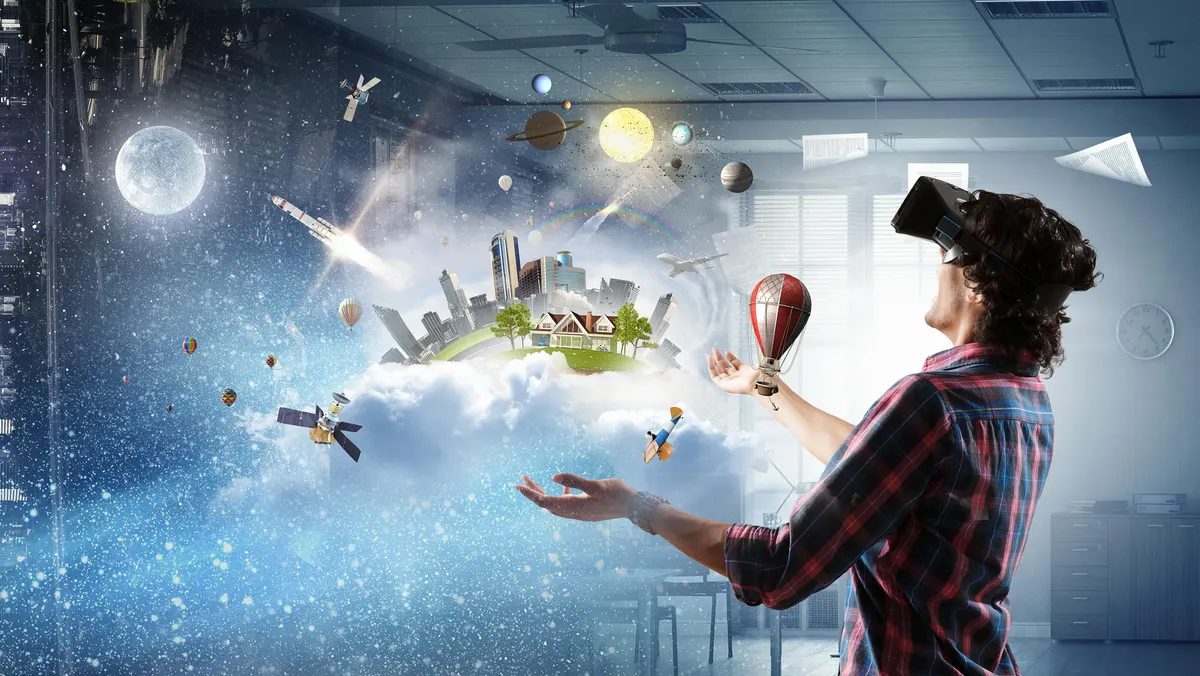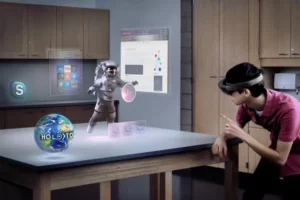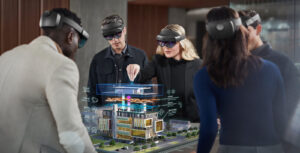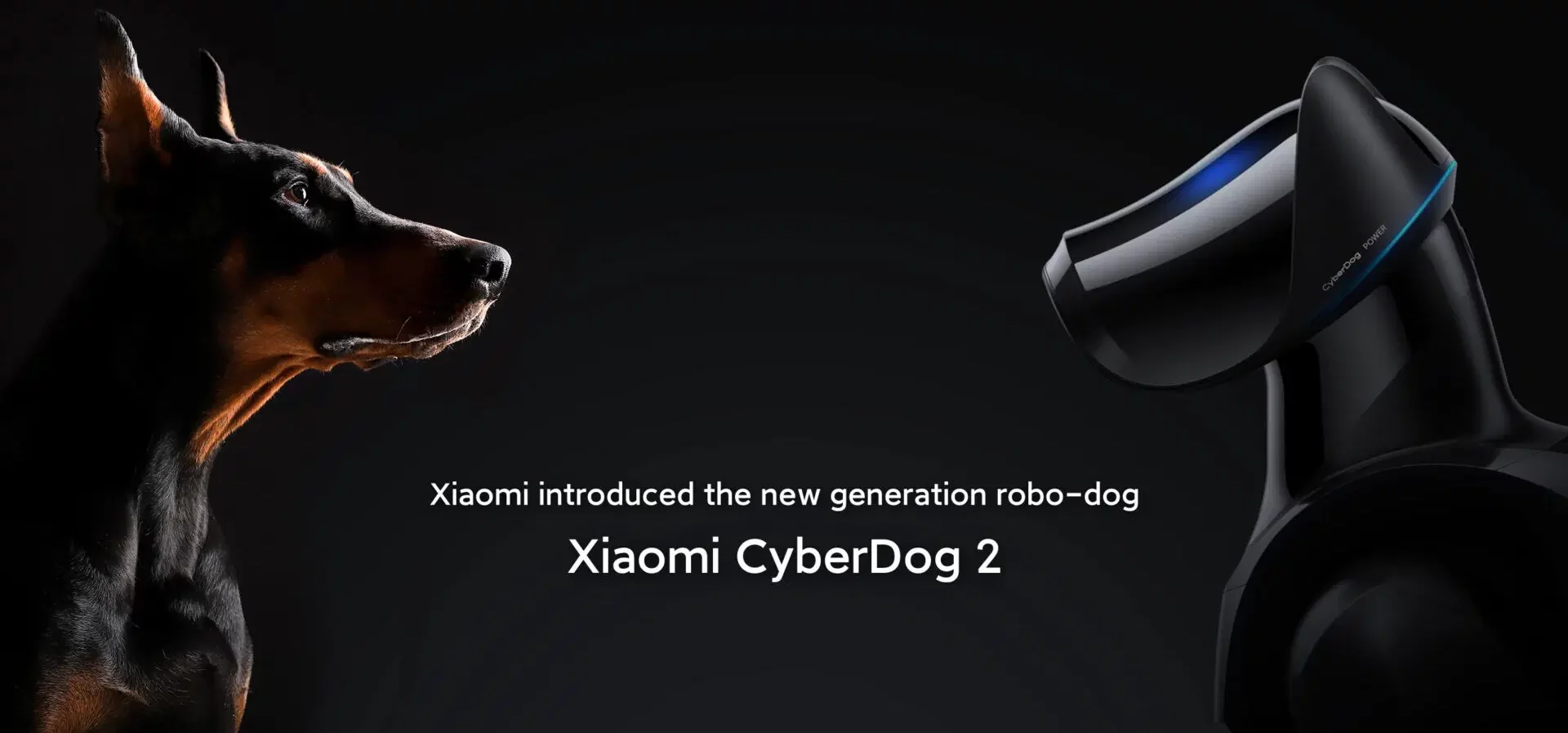Embarking on a Mixed Reality Expedition
Mixed Reality (MR) brings together the best of both virtual and augmented realities. VR overhauls our sensory impressions, immersing us in a completely digital environment. On the other hand, AR overlays digital elements onto our actual surroundings. As a result, MR lets us manipulate 3D digital content within our real-time environment. It is indeed a convergence point of the physical and digital worlds, forming a revolutionary new interface for human-computer interactions.
Transforming Training Scenarios
Mixed Reality is making waves in the sphere of training and skill development. It can simulate real-world situations, enabling trainees to practice complex procedures safely. This is particularly pertinent in high-risk industries, such as aviation, medicine, and the military. For instance, pilots can use MR to mimic flight scenarios, while surgeons can practice intricate procedures. Not only does this optimize the training process, but it also enhances retention and proficiency.
Enhancing Design and Visualisation
Manipulating digital 3D objects ‘in real life’ opens up endless possibilities for designers across several fields. Architects, product designers, and engineers can create, analyze, and fine-tune complex models in their physical space. Additionally, MR allows stakeholders to explore and interact with these models, leading to more informed decision-making and effective communication.
Revolutionising Entertainment
Entertainment is an industry where mixed reality is quite literally changing the game. MR enhances user engagement by integrating virtual entities into the player’s surroundings, opening up interactive, immersive gaming experiences. Beyond that, think of concerts where you can high-five your favorite digital avatar. Or imagine going on a galactic adventure from the comfort of your living room. Such are real scenarios, as MR pushes the boundaries of narrative storytelling and user experiences.
Reshaping Our Digital Interactions
While MR is still an emerging technology, its potential to revolutionize our digital lives is evident. An MR-enhanced world would let us move from screen-based interactions to intuitive, spatially aware interfaces—forming what is often referred to as the ‘spatial web’. Further developments, such as haptic feedback and brain-computer interfaces, could even allow us to touch, control, and feel the digital content. This form of interaction brings digital content to life, turning the digital realm into an integral part of our physical reality.
In conclusion, as we journey ‘beyond screens,’ mixed reality is not just about creating immersive experiences—it’s about shaping an interconnected future where the digital and physical dimensions seamlessly dovetail. By bridging this gap, we’re ushering in a new era that shall redefine the human-digital nexus in ways beyond our current comprehension.





